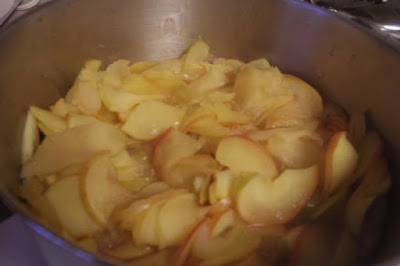Today's teacher story series focuses on Kayla Fyfe, who teaches dance at the Grand Island Dance Center. Students range in age from two to adult. The staff teaches a variety of dance forms: toddler, pre-ballet, ballet, jazz, hip hop, acro, Broadway, modern, and contemporary. For more information about the Grand Island Dance Center, check out its website at this link: Grand Island Dance Center information.
 |
| Kayla Fyfe |
What got you started as a dance teacher?
I had a passion for dance at a young age. I begged my mom to let me start dance classes when I was three. I didn’t start dance until I was six years old. I went to this little studio in the town of Ransomville. The studio closed the year after I joined and, since then, I’ve been with Rachel Novelli at Lewiston Dance. I credit Rachel for seeing my passion for dance and allowing me to pursue it to its fullest.
How long have you been teaching
dance?
I became a demonstrator at age 11 at
Lewiston dance under the direction of Rachel Novelli. That’s where you assist
the main teacher in class and learn the proper techniques that are involved
with teaching dance. I had my first classes on my own at age 17, when we opened
up the Grand Island dance studio. I have been choreographing my own solos
since age 11.
Where did you go to college and what did you study?
I went to Daemen College and got my
bachelors in mathematics.
Did you have other plans for your
career?
Of course! I thought I would go to
college and stop teaching and get a job in my field. But dance really never
left me. In my last semester of college, I became a Zumba instructor, and my
passion for dance evolved into dance fitness. I loved connecting with the
ladies and seeing how much it has changed their lives. I also started to manage
the Grand Island studio, and got more involved in the business side of running
a dance studio.
What do you enjoy most about
teaching dance?
I enjoy watching the kids grow up
and develop their skills over the years. I’ve become a staple in their lives as
well as they in mine. I’m so grateful to be a part in their lives. Some of them
refer to the studio as their second home, and I am glad that we can provide a safe and
warm place for them to go to. I love my dance family.
What do you enjoy most about
teaching at the Grand Island Dance Center?
The kids are truly amazing. From age
two to eighteen, they never cease to amaze me. We have some really talented students
here at Grand Island Dance. I think when you have such a passion for something such as
dance, it gets passed to the students. Teaching dance is not a job to me, but my life. I think that the kids can sense the joy it brings me and they want to be a
part of that.
Tell me about the dance that you
choreographed for the Sing for Hope concert?
Carol Horrigan, the music teacher at
Huth Road Elementary School, approached me at Zumba one day about doing a dance for the
Sing for Hope concert in October 2015. She found a song, "Lemonade," by Alex Boye that she wanted the
kids to sing, and I was more that willing to offer my dance skills for such a
great cause.
It is very rewarding for me. I can
see them develop at different stages and I know what they are capable of. I also
like to push my students to reach their complete potential.
What do you enjoy most about dance
recitals?
Recitals give the dancers an
opportunity to show off what they have been working on all dance season (nine months). They get to finally wear their sparkly costumes and dance for their
family and friends. We have a “Red Carpet” before the recital starts so the
dancers can take pictures and be in the spotlight. We try to make this day all
about them. This is their time to shine.
When you aren't teaching dance, what
do you enjoy doing?
Taking naps! Trying to relax, trying
is the key word. Teaching dance is one of those professions that you can’t
really stop. When I listen to music, I think instantly can I use this? Will
this be a good song to choreograph to? Even when watching television, I might see a dance move that I like or the background music might intrigue me. I’m constantly
thinking about dance. I don’t just walk from room to room, I dance. It’s a part
of me.
What types of dance do you like to do?
For myself, I love dancing hip hop. It’s not as structured, and I can express myself more. Also, I love the music.
How can parents support their kids
as dancers?
I say let them dance and express
themselves. Get involved and see what they are accomplishing in class. You
don’t just learn how to dance in dance classes. You learn teamwork, responsibility,
and, most importantly, self-confidence.

































